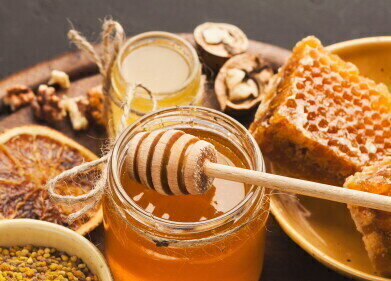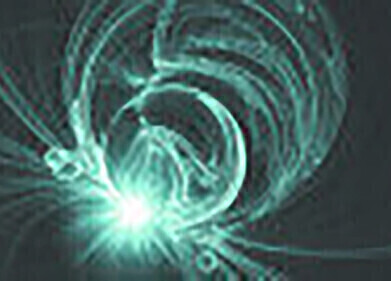LC-MS
How Is Saffron Fraud Detected?
Feb 24 2016
Many natural additives used in food are scarce or use traditional harvesting and preparation methods that involve time consuming processes. They might come from a specific area and be differentiated by name. Invariably, there is a premium to pay for the very best natural additives.
Many organisations using legal means to help protect designated foodstuffs. In Europe, protected food names will display one of the designations — PGI, PDO and TSG — and only food produced in the specified area by a specific method can carry the designated name — as stated by the Protected Designation of Origin (PDO) description:
covers agricultural products and foodstuffs which are produced, processed and prepared in a given geographical area using recognised know-how.
Saffron and Don Quixote — exports from La Mancha
Saffron, produced from the stigma of the Crocus sativus plant, is one of the oldest and most expensive food additives known — and Spanish saffron, particularly that from La Mancha, is one of the world’s most sought after varieties. Saffron crocus produce between one and three flowers per bulb. Within each flower three yellow stamens and a single white filament grow — it is from the filament, or style, that three red stigmas, the saffron threads, grow.
Once the flowers bloom, they must be picked by hand before they start to wilt — an extremely delicate operation as they must be harvested and transported with the stigmas in place. The stigmas must be separated from the flowers within twelve hours of harvesting and then dried — with over 140,000 stigma needed for each kilo of saffron.
The C. sativus grown in La Mancha is slightly different from that grown in other areas — the style is longer and the red stigmas protrude further from the flower. Along with the strict geographical and particular process conditions — this gives the La Mancha saffron special status and a premium price. It is considered the best Spanish saffron and carries the designation — Azafrán de La Mancha PDO.
Chromatography spots the fraud
Saffron is one of the most fraudulently labelled foodstuffs — and a recent paper published in Food Chemistry reports on a new method to accurately detect saffron fraud using chromatography and chemical fingerprinting. The team found that over 50% of the saffron samples they tested were fraudulently labelled — so the method is a useful addition to the armoury protecting producers and customers.
The team first identified the characteristic molecules of saffron — and then developed a method to detect the molecules using liquid chromatography in tandem with mass spectrometry. LC-MS is a common technique in analysing food samples as discussed in the article, Analysis of Artificial Colorants in Various Food Samples using Monolithic Silica Columns and LC-MS.
The method developed was able to differentiate between La Mancha saffron, ordinary Spanish saffron and saffron labelled as Spanish but grown in other countries by using markers such as glycerophospholipids and their oxidised lipids.
Next time you-re making paella, make sure your saffron is from the home of Don Quixote — La Mancha.
Image from Wikimedia commons
Events
Apr 22 2025 Kintex, South Korea
Analytica Anacon India & IndiaLabExpo
Apr 23 2025 Mumbai, India
Apr 27 2025 Portland, OR, USA
May 11 2025 Vienna, Austria
May 18 2025 Tempe. AZ, USA












